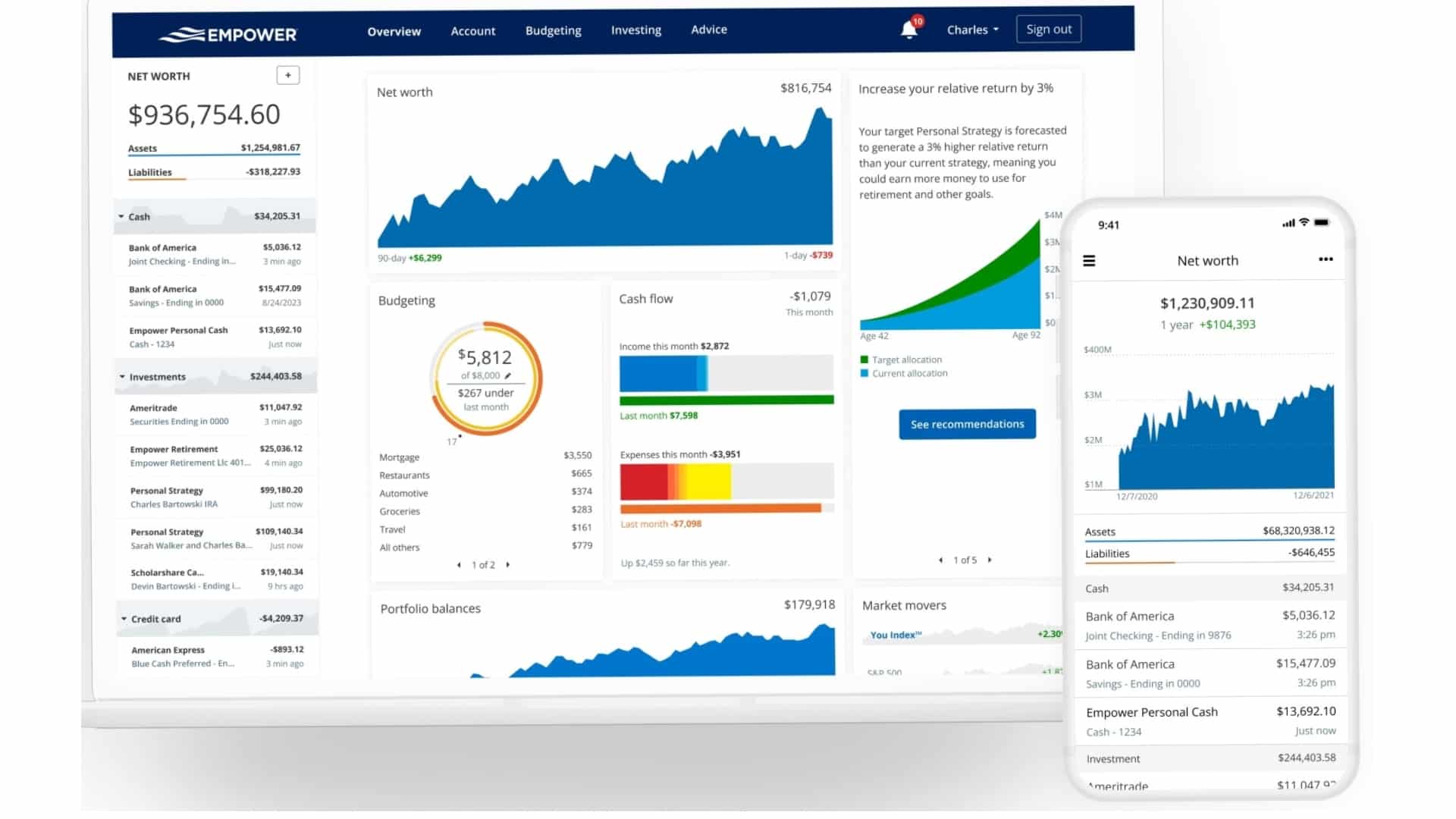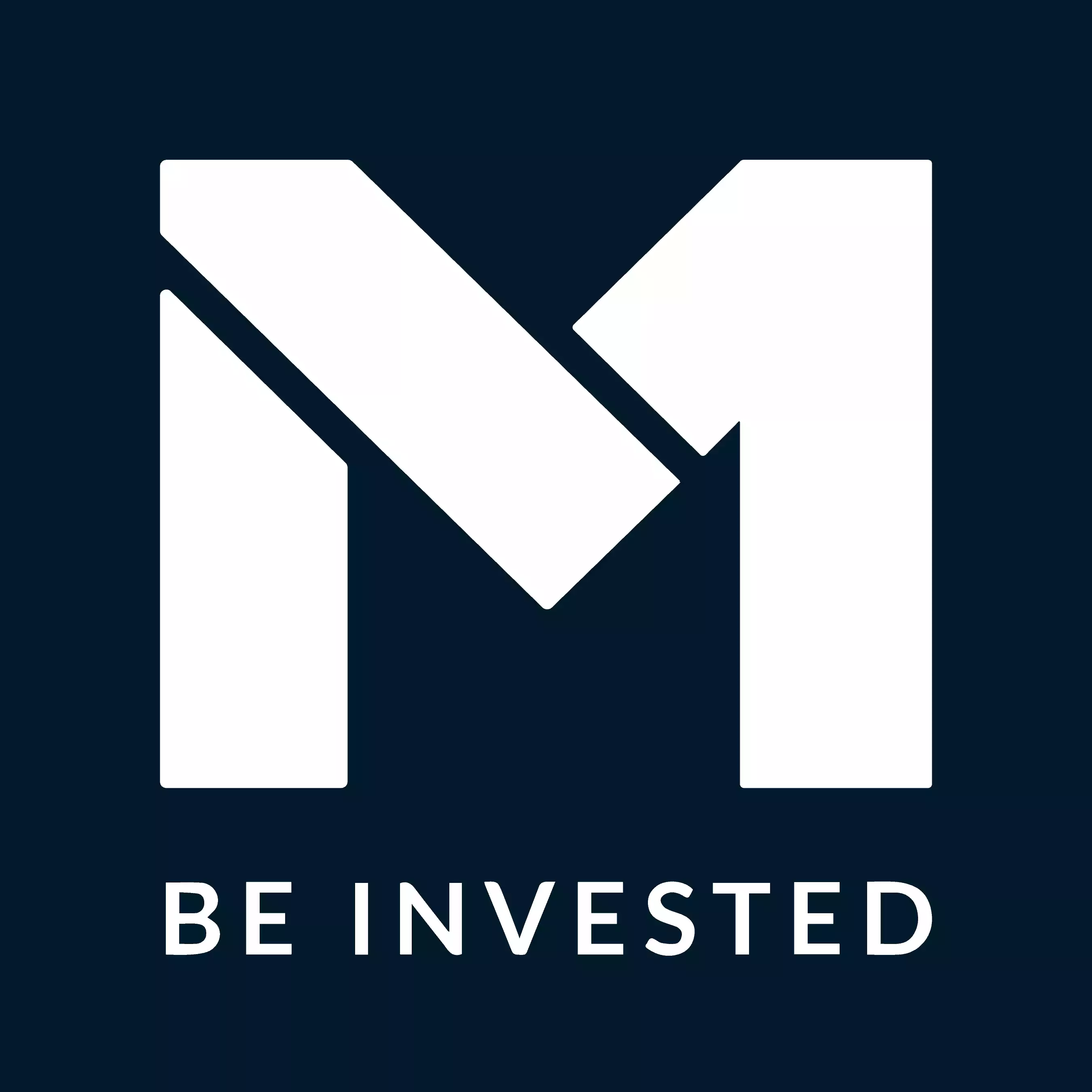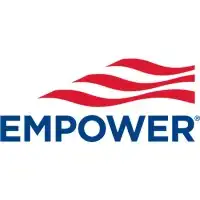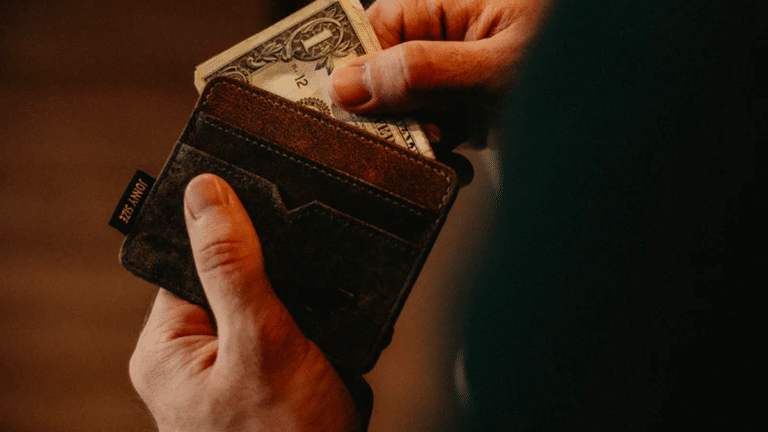Investing advice typically targets those with higher incomes. But what about everyone else? We offer practical investing tips for those with limited funds to spare.
The secret to successful investing lies not in the initial sum of money but in the duration, that your investments are allowed to grow. Contributions can be as modest as the spare change discovered in coat pockets or the loose coins nestled in couch cushions. Therefore, initiate your search for these small sums and embark on your investing journey today.
How to Grow Real Wealth
Many of us do not earn salaries that would directly lead to wealth; yet, the concept of the “millionaire next door” illustrates that significant fortunes are often built through investing. Even with all of the different ways to grow your wealth, investing takes the cake as a key move. It’s all about making smart investment choices that can seriously boost your wealth over the long haul.
Embarking on your investment journey doesn’t need a large initial investment or deep financial expertise; however, procrastination can be expensive. The more you delay, the greater the earnings you forego, and catching up for lost time with extra money is often difficult. If you’re working with a limited investment budget, these tips are designed with your needs in mind.
Rule #1 of personal finance – Pay Yourself First
Paying yourself first means prioritizing savings or investments before handling any other expenses.
You’re eager to dive into investing, fully intending to begin, yet when the month ends, there’s no money left to invest. Without prioritizing your savings first, you’ll find it challenging to have any “leftover” funds for investing.
Ideally, saving 15-20% of your income is recommended, but for those who find investing challenging due to financial constraints, aiming for 15-20% might not be feasible. Therefore, we’ll set a more achievable target of 10% as our savings goal.
If you’re thinking, “I don’t have any money to spare, how can I possibly invest 10%?” just take a closer look at your paycheck. You’ll see it’s already being trimmed by various taxes and deductions. This realization might make the idea of setting aside additional funds seem daunting.
Money tends to follow a similar pattern: we typically spend whatever amount we have available.
Here’s How To Find the 10%
We can almost guarantee that every person reading this already has that 10%. It’s just that it’s not in your checking account at the end of the month so you can’t quite see it. Here’s how to find it.
Rule #2 – Budgeting
Without a budget, it’s difficult to track your income, expenditures, and most crucially, to identify where your money is being spent. This understanding is essential for effective financial management.
Monarch Money is a budgeting app that allows users to connect their financial accounts in order to track spending, categorize expenses, set budgets, and receive alerts about unusual spending. Reviews of Monarch Money say that it is easy to use and provides good insights into spending habits. Here is a summary of what Monarch Money offers:
- Consolidation of financial accounts.
- Expense categorization.
- Spending insights.
- Custom budget setting and monitoring.
- Unusual spending alerts.
Getting started with Monarch Money:
Below are the HTML-formatted bullet points with descriptions for getting started with Monarch Money:
- Sign Up: Visit the Monarch Money website and create an account (30-day free trial) using your email address.
- Link Your Accounts: You can connect your bank accounts, credit cards, and investment accounts to Monarch Money.
- Create a Budget: Allocate your expected income towards various expense and savings categories. This ensures all your income is accounted for, and Monarch Money tracks your spending compared to these allocations. It provides visuals to help you understand how well you’re sticking to your plan.
- Track Expenses: You can regularly check your transactions and categorizations, and Monarch Money provides spending insights.
- Track Your Investments: Monarch Money keeps a watchful eye on your investment holdings, allowing you to see how your investments are performing over time.
- Monitoring and Adjustment: Monarch Money offers alerts for unusual spending and allows adjustments to budget categories throughout the month.
- Review Reports: Regularly check financial reports and insights provided by Monarch Money to understand your financial health.
- 50/30/20 Method: If you’re not sure how to break down your budget, we like the 50/30/20 method because it’s simple.

50% covers essential expenses such as housing, utilities, transportation, insurance premiums, and groceries. The 30% is allocated for non-essential items—things you enjoy but could technically do without. The remaining 20% is intended for savings and investments.
However, we recommend aiming to invest 10%, giving you an additional 10% to distribute among your essential or non-essential categories based on your preferences.
That’s all you have to do, open an account, connect your accounts, and set up your budget categories.
An excellent free budgeting tool. I use it, and if you're getting started, you should too. If you don't track your spending, you'll never know where you're wasting money.
Get our best strategies, tools, and support sent straight to your inbox.
Now Take That 10% Back
Once you have a month’s worth of data to look at, sit down and go through it. We guarantee there is at least one area where you are spending more than you realized. Two of the usual suspects are food and entertainment.
The “Small” Things Add Up
- How frequently do you have dinner? We understand it’s unrealistic to suggest quitting entirely. If dining out is on your agenda, consider making a reservation through Seated. With every completed reservation, you’ll receive a credit ranging from $10 to $50 to use at Amazon, Lyft, or Starbucks, adding value to your dining experiences.
- How much are you paying for cable? You could probably pay for all the streaming services, Amazon Prime, Hulu, Netflix, etc. and it still would be cheaper than cable.
- Do you have a gym membership, Spotify, Audible, and other subscriptions? If you claim to have no money but pay for these things, you have plenty of money. It’s a pain to cancel these things, but you don’t have to, Cushion will do it for you.
- When you shop online, use Swagbucks. When you join Swagbucks, you can get cash back when you buy online from more than 1,500 retailers including places you probably already shop like Amazon, Target, and Starbucks. You earn points for each dollar you spend and also get exclusive coupons and deals exclusive to their shoppers.
Make Your 10%
Saving money is great but making money is better. If the money you saved from taking the above steps wasn’t enough, here’s how to make your 10%.
We know that you’re probably tired of the term side hustle, but in fairness, it does have a different connotation than the term second job. A second job traditionally was something you had to do on someone else’s schedule like working weekends in retail, restaurants, or bars. That doesn’t work for everyone.
But a side hustle is something you can do on your schedule or at least a less rigid schedule. You can drive for Lyft, babysit, answer surveys, rent your home, mow lawns, or teach English.
Time Is On Your Side
How much time do you spend a week reading social media or Reddit, watching TV, or playing video games? Like wasting money, you’re wasting more time than you realize. Even if you just spent half that time doing something to bring in some extra money, you’d have your 10% in no time.
Another area where we tend to waste money is on fees. They’re everywhere; banks charge them for accounts and ATM withdraws, credit card and utility companies charge them for late payments, and investment accounts charge them.
Stop paying fees! An online bank like Chime charges almost no fees, Upgrade offers a debit card with 2% cash back and Consumers Credit Union refunds ATM fees. Set reminders for your bills, so you don’t make late payments (which also hurt your credit score).
Empower can show you hidden fees on your investment accounts. If you’re paying a fee, there is almost certainly an alternative provider that won’t charge you fees or charges lower fees.
Automated Tools for Investing
You got your 10%, and it was easier than you thought. Now, what are you going to do with it?
M1 Finance is an innovative financial platform that combines the best features of investment brokerage services with the flexibility of a
Its user-friendly interface simplifies the investment process, making it accessible for both beginners and experienced investors seeking to maximize their wealth with minimal effort.
M1 Finance generally has low fees compared to some other brokers. Here’s a breakdown of their fees:
- No account fees: There are no annual fees or fees for deposits.
- No commission fees: They don’t charge commissions for buying or selling stocks and ETFs.
- Minimal regulatory fees: You might incur small fees mandated by government regulations, usually just pennies per trade.
- Outgoing transfer fee: There’s a $100 fee if you want to transfer your investments out of M1.
- Account inactivity fee: If your balance falls below $50 and there’s no activity for over 90 days, they charge a $50 inactivity fee.
- M1 Crypto fee: While M1 doesn’t charge a commission, their partner Apex Crypto takes a 1% fee on crypto purchases and sales.
Remember pay yourself first? That’s what you’re going to do with your
They're perfect for DIY investors who prefer a hands-off approach but can still pick individual stocks and funds. We specifically use them for the Golden Butterfly portion of our portfolio.
What If You Legit Have $0
Okay, we’re not sure we believe you, but if you have not a single dollar to spare right now, there are still things you can do to invest.
Invest your time in things that will improve yourself. There are boot camps, both in person and online, that will teach you to code for free, or at least defer payment until you find a job. And the camps often have a program that will help graduates find jobs.
You will never go broke from investing in yourself.
Tweet ThisStart attending networking events in your industry or the industry you would like to be in so you can meet the person who might give you your next job. Polish your resume so when that person calls, you’re ready.
If you want to go back to school but don’t have the money and don’t want to take out loans, start applying for every scholarship you’re even remotely qualified for. Not all scholarships are based on academics so you don’t have to have sterling grades to get a few.
If you find yourself completely without funds, it’s essential to take whatever steps are necessary to better your financial circumstances.
And there is a way you can invest without feeling any pinch. Acorns. Each time you spend, Acorns rounds up to the nearest dollar and invests that amount for you. So, if you spend $2.50 on a cup of coffee, Acorns will automatically invest $.50 for you.

Acorns also has found money partners program that rewards app users for shopping through specific retailers. When you make a purchase with one of their partners through the app or web portal, the retailer will send the rebate, cashback rewards, and loyalty programs cash into your account.
Acorns rounds-ups alone aren’t enough to retire on but it’s a good start for those who aren’t investing at all.
Investing is For Everyone
Have we not persuaded you? Here’s a little extra incentive. The Saver’s Credit is a tax break for low and moderate taxpayers who save into retirement accounts.
Depending on your adjusted gross income and filing status, you can claim the credit for up to 50% of the first $2,000 you contribute to a 401k, 403(b), 457 plan, a Simple or SEP IRA, and a Traditional or Roth IRA.
The 2023-2024 maximum AGI to be eligible is $68,000 for married couples who file jointly, $57,375 for a head of the household filer, and $34,000 for everyone else.
You don’t need to be some rich person in a monocle and top hat to invest. You don’t need a fat bank balance, an intimate knowledge of the Wall St Journal, or an expensive advisor to invest. Anyone with an internet connection and $1 to their name can invest.
So what are you waiting for? Take these investment tips on how to start investing and get out there!
Show Notes
Chimay Pierre Trappist Grand Reserve Ale: A dark ale.
Raspberry Lemonade Milkshake: An IPA from WeldWorks
Thank you to our sponsor: VividSeats
Personal Capital is Now Empower - Track your entire portfolio for free.
All your accounts in one place
- Plan for retirement
- Monitor your investments
- Uncover hidden fees






